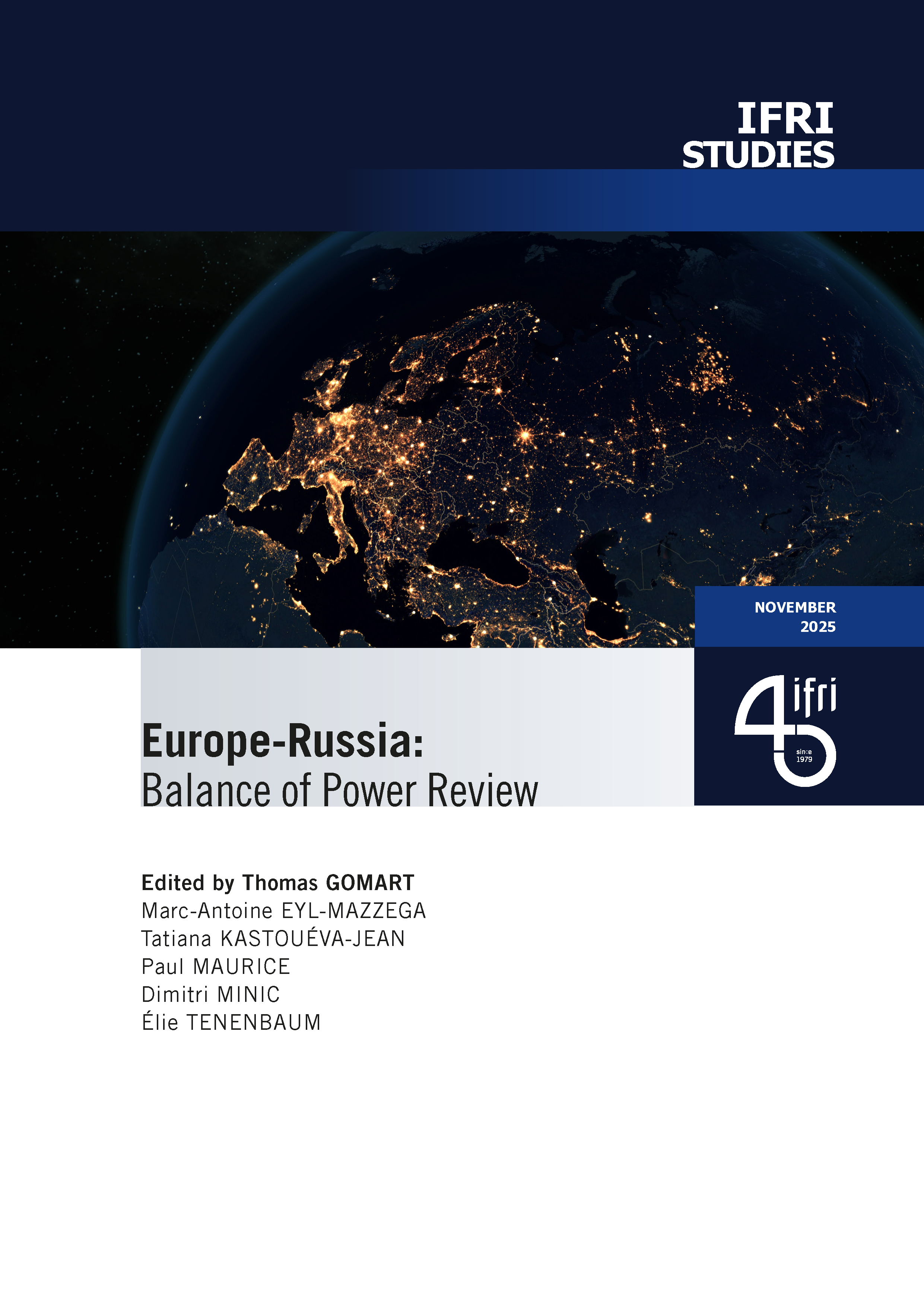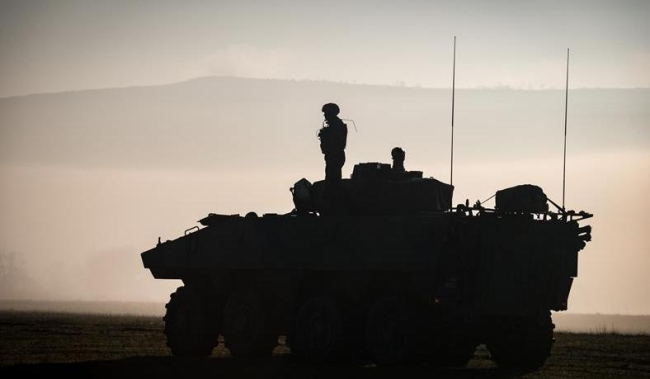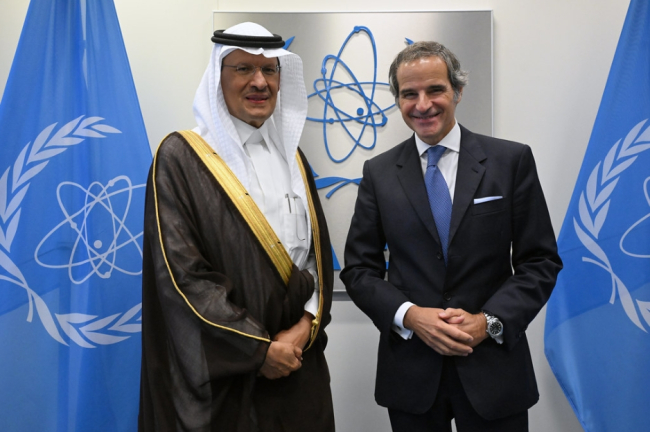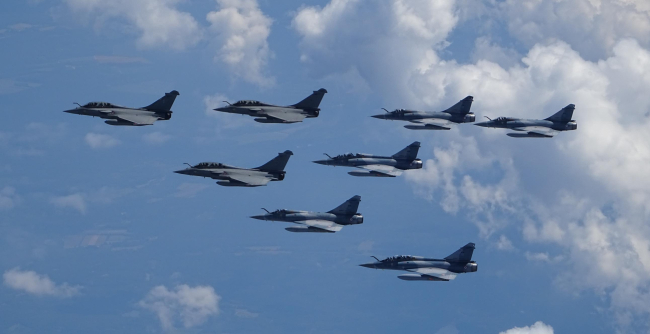Design, Destroy, Dominate. The Mass Drone Warfare as a Potential Military Revolution
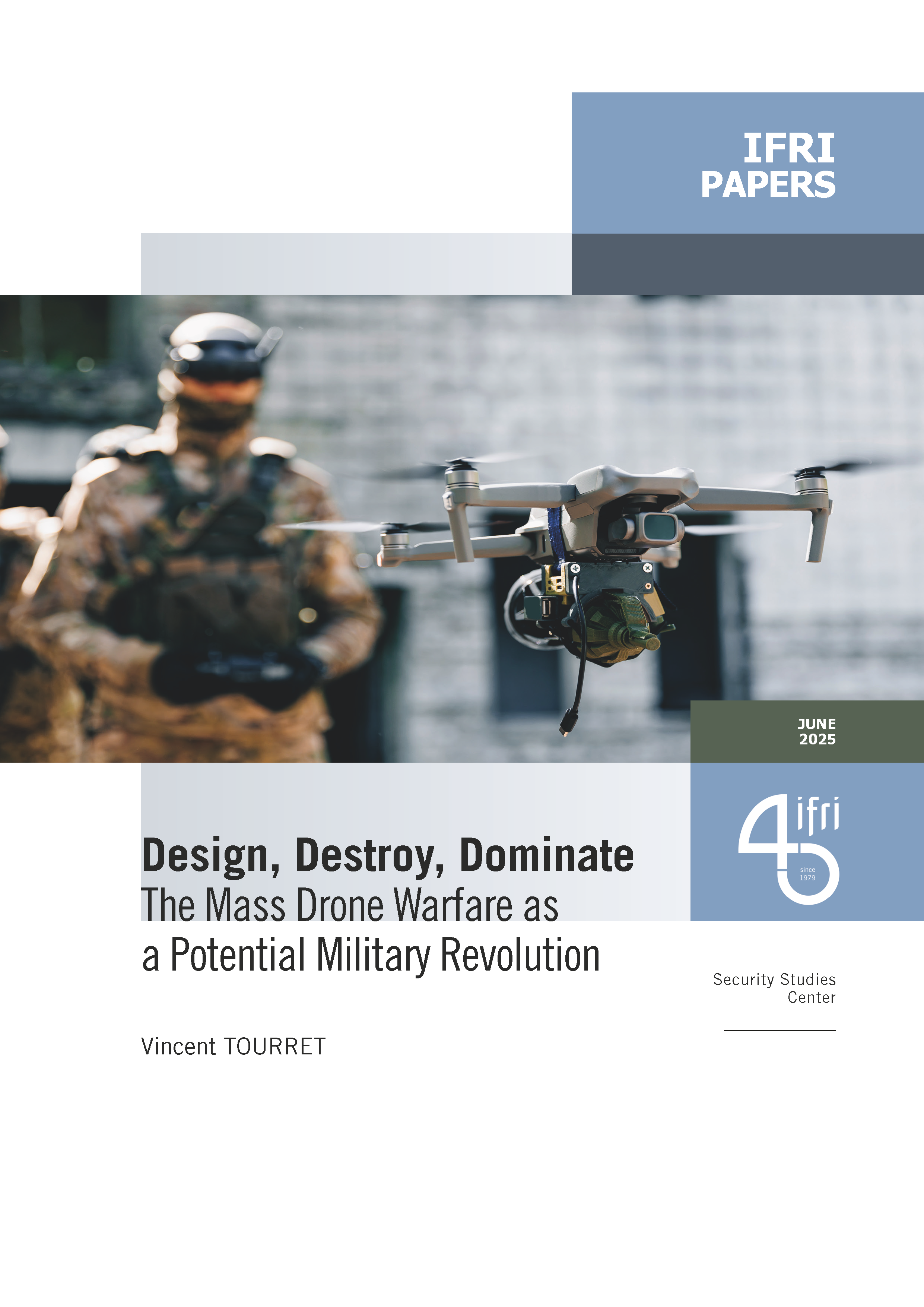
The widespread use of drones observed in Ukraine—both in terms of the scale of the fleets deployed and their omnipresence in the operations of both belligerents—appears to meet the conditions of a genuine military revolution.
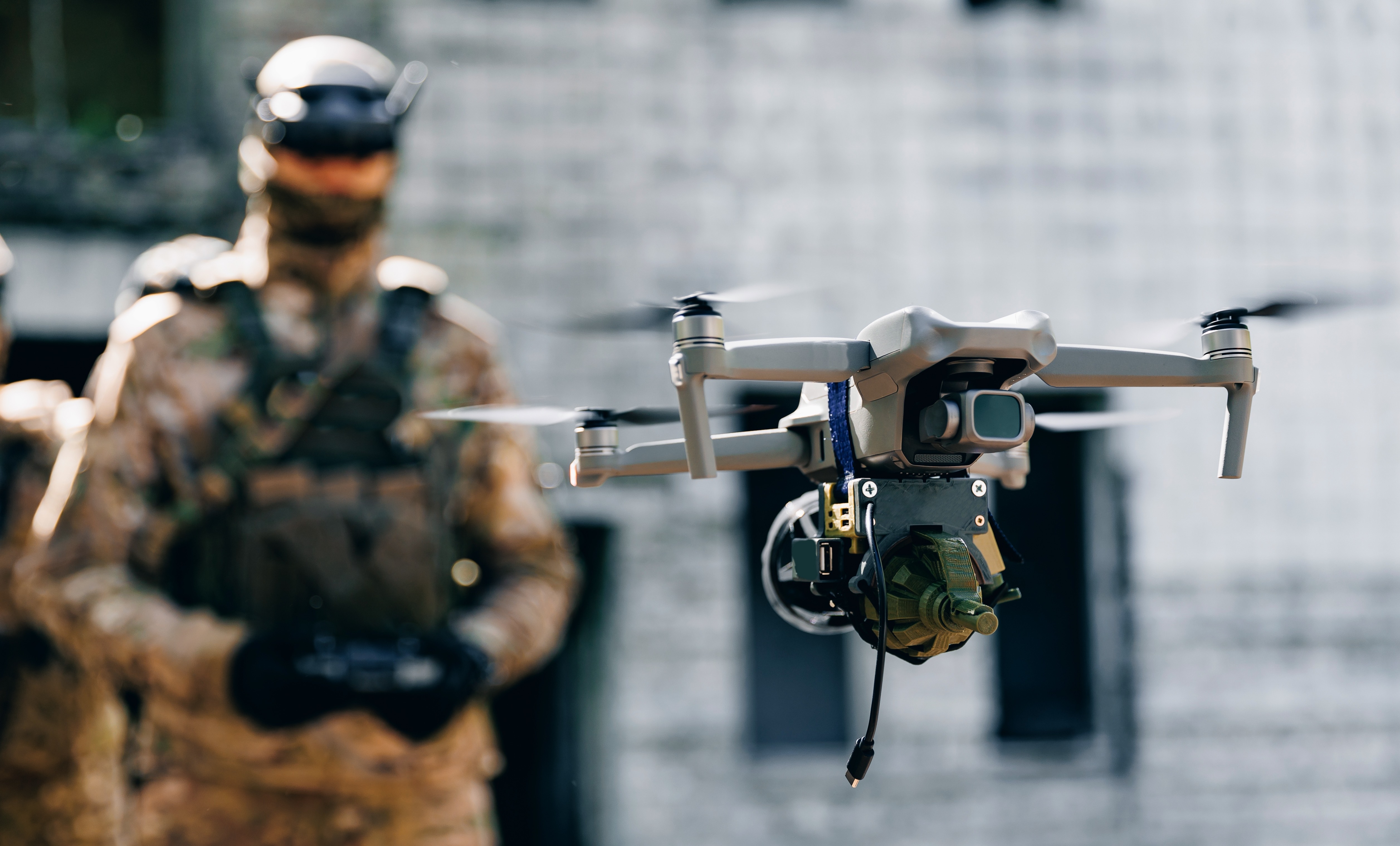
Dronization cannot be reduced to a mere technical innovation or a specific category of devices. It stands as a transformative principle, comparable to motorization and mechanization in the past century. It manifests in the evolution of drones into expendable and adaptive tools, the emergence of a “participatory war”, and in the conduct of operations, which is shifting toward “multi-fire, multi-domain” combat.
For the European force model, the Ukrainian example should prompt the establishment of the digital, industrial, and human ecosystem needed to support dronization: building a unified information and decision-support system, fostering a “drone culture” within the armed forces, and, in the short term, focusing on the “high-end” segment of dronization—namely, long-range strike capabilities.
Now entering its third year, the Russian invasion of Ukraine has become the theater of a massive drone-driven transformation of military operations. This phenomenon is unprecedented, both in quantitative terms—with several million drones now produced and destroyed each year—and in its influence on the dynamics of operations and the structure of forces. For context, the most drone-intensive conflict prior to 2022 was the war over Nagorno-Karabakh, where drones were responsible for around 45% of all losses in armored vehicles, artillery, and air defense systems. In Ukraine, by 2025, drones are estimated to account for 60 to 70% of all losses across all categories.
For both belligerents, drones have thus become the primary sensors, relays, and kinetic effectors. They constitute a robotic and increasingly automated nervous system that shapes fire support and movement coordination across all domains and operational environments. Genuine AirLand technological chimeras, drones serve simultaneously as binoculars, grenades, and mortars for infantry, who continuously reconfigure them to adapt to the enemy. They have also taken a central role in counter-battery fire, deep reconnaissance, and battlefield interdiction—roles traditionally reserved for Army aviation. At a strategic depth, they are reshaping methods of penetrating air defenses and, through cost-effective mass deployment, they are enabling maneuvering salvos against critical, economic, and political targets central to the adversary’s war effort.
More fundamentally, drones have allowed both the Ukrainian and Russian armies to maintain coherence and combat effectiveness under extreme attrition in personnel and heavy equipment. They provide the shock element needed for offensive thrusts and the stopping power required to hold or retake positions. In this sense, drones saturate the front lines like a permanent grapeshot or a reactive shield against enemy breakthroughs. They infiltrate and prowl the rear areas, hunting fire support assets and logistics, posing a constant threat to any troop or equipment rotation. They also conduct long-range raids against infrastructure and troop concentrations.
Contrary to the image of a continuous 1,000-kilometer front from Kharkiv to Kherson, the positional warfare that has taken root in Ukraine since autumn 2022 is, at the tactical and operational levels, highly discontinuous and fluid. To survive on a battlefield saturated with sensors and firepower, forces have de-mechanized and dispersed. According to Russian sources, “in defense, a maximum of 10 men (...) can hold off a superior enemy force, sometimes up to a reinforced company.” “Large-scale operations involving battalions and regiments” have become prohibitive due to the need for “comprehensive and integrated” support in intelligence, surveillance, and reconnaissance (ISR), as well as electronic warfare (EW), ground-based air defense (GBAD), and fire support from artillery, aviation, or strike drones. This complexity has given operations a methodical, staccato rhythm reminiscent in spirit of the “conducted battle” of late World War I. Each push requires levels of preparation and coordination that are unsustainable at scale or over time for traditional military organizations. As a result, force deployment increasingly resembles limited raids or incursions. Infantry is often reduced to infiltrating in small groups and, as one Russian officer describes, charging “mounted” on unarmored but fast vehicles.
The echeloning of robotic, dronized, and automated sensors and fires has thus replaced the traditional echeloning of forces, which has become unsustainable for both post-industrial states. Dronization leads to the formation of a highly resilient and adaptive multi-domain operations (MDO) fires mesh that envelops the actions of both belligerents and monopolizes their attention.
Such far-reaching upheavals compel us to confront a fundamental question: does dronization constitute a military revolution? To address this, we will first examine the conceptual criteria of such a revolution (1), before analyzing its characteristics and implications at the levels of individual systems (2), production architectures (3), and the conduct of operations (4).

Available in:
Themes and regions
ISBN / ISSN
Share
Download the full analysis
This page contains only a summary of our work. If you would like to have access to all the information from our research on the subject, you can download the full version in PDF format.
Design, Destroy, Dominate. The Mass Drone Warfare as a Potential Military Revolution
Related centers and programs
Discover our other research centers and programsFind out more
Discover all our analysesSaudi Arabia’s Nuclear Temptations. Lessons Learned from Regional Instability
Saudi Arabia’s integration in the international arena and regional stability, notably through reducing its dependence on fossil energies, are crucial elements for the success of the Kingdom’s Vision 2030, the Crown Prince’s top priority. However, Mohammed bin Salman’s declarations in 2018 and 2021, indicating that “if Iran develops a nuclear bomb, we will follow suit as soon as possible”, combined with the recent strikes on key Iranian nuclear facilities, do not bode well for the future of the Kingdom, the region and the non-proliferation regime at large.
The Future of Air Superiority. Command of the Air in High Intensity Warfare
Air superiority, understood as control of the air, is a cornerstone of the Western art of warfare. It is a decisive condition, albeit not sufficient by itself, to achieve military victory, as it enables the concentration of air power toward the achievement of wider strategic objectives and protects other components from unbearable attrition levels. It is best achieved through the offensive use of air power in a joint effort to neutralize the enemy’s air power.
Europe Uncovered?
As Russia continues to threaten Europe, the Trump administration is making no secret of its desire to withdraw—at least partially—from the defense of the Old
Continent in order to focus on strategic competition with China. It is thus putting pressure on its European allies to increase their investment in the military sector. The NATO Summit in The Hague in June 2025 resulted in ambitious commitments by member states to increase their defense spending.
How should Britain and France cooperate to realise the Northwood Declaration?
During his state visit to the United Kingdom (UK) last week, Emmanuel Macron, President of France, signed a joint declaration with Sir Keir Starmer, Prime Minister, on nuclear cooperation between Britain and France. The Northwood Declaration highlights that while both countries’ nuclear arsenals remain sovereign, cooperation on nuclear deterrence can ‘contribute significantly’ to the security of the North Atlantic Treaty Organisation (NATO) and the Euro-Atlantic region.


